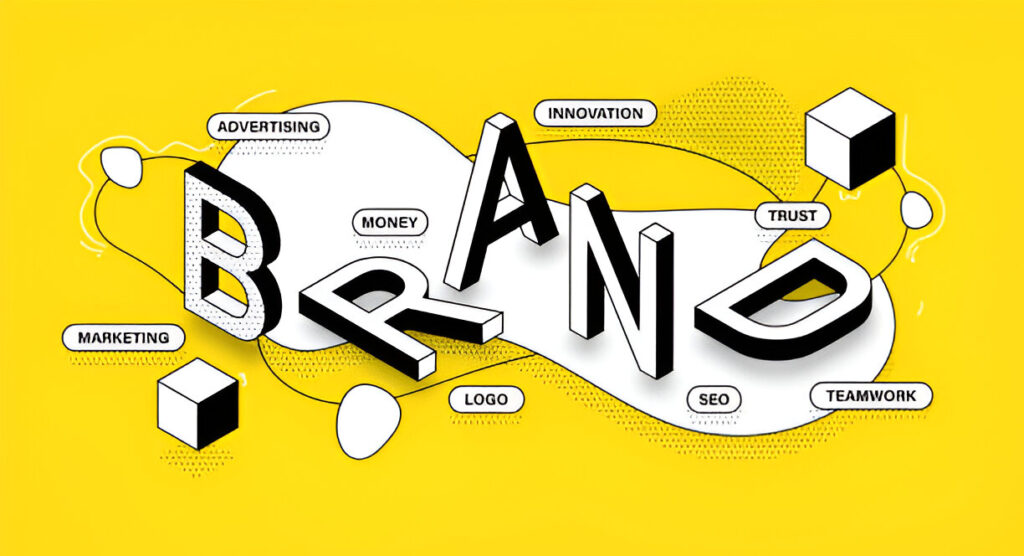While CEO and personal branding have distinct purposes, they share some commonalities. Below are three key similarities:
- Establishing Credibility and Trust: Both strategies aim to build a reputation of credibility and trustworthiness. Whether it’s the personal brand of an individual expert or the CEO leading a corporation, the goal is to foster confidence and loyalty among customers, investors, and stakeholders.
2. Clear Messaging: Both require a well-crafted, consistent message highlighting core values, mission, and expertise. This messaging should resonate with the target audience and be conveyed across multiple platforms, ensuring brand consistency and authenticity.
3. Authenticity as a Cornerstone: Authenticity is non-negotiable, whether personal or CEO branding. Audiences can quickly spot insincerity, which erodes trust. Effective branding demands transparency, openness, and a genuine connection with the audience.
How to Effectively Communicate Company Values

Studies suggest businesses that clearly articulate their values foster greater consumer loyalty. Customers are likelier to engage with companies prioritising ethics, sustainability, and societal impact over mere profit.
By leveraging CEO branding, companies can directly communicate their values to consumers through the CEO’s narratives. A passionate, transparent leader who champions corporate values makes the company more relatable, building deeper emotional connections with the audience.
Risks of CEO Branding: What to Look Out For

While CEO branding can be an effective strategy, it comes with potential risks. One primary concern is the risk of overshadowing the company’s brand. When a CEO’s brand becomes too detached from the business itself, the company may struggle to maintain its identity once the leader leaves.
To mitigate this, it’s essential for CEOs to align their personal branding efforts with the company’s mission and values, ensuring that their personal reputation continues to reflect positively on the business as a whole.
How CEO Branding Differs from Personal Branding
Despite their overlap, CEO branding and personal branding diverge in several key areas:
- Purpose and Scope: Personal branding focuses on an individual’s identity and achievements, helping them stand out in their industry. CEO branding, however, is about linking a person’s leadership qualities directly to the company, ensuring the success of both the individual and the business.
2. Target Audience: Personal branding often caters to an individual’s professional network, potential clients, or industry peers. In contrast, CEO branding is more focused on building credibility among the company’s investors, partners, customers, and employees.
3. Brand Association: Personal branding can exist independently of a company, while CEO branding is tightly coupled with the organization. A CEO’s personal reputation directly impacts how the business is perceived, making it crucial for both the individual and company to remain in sync.
Empowering Employees to Contribute to Corporate Branding

Brand-building isn’t reserved solely for the CEO. Employees at all levels can actively contribute to enhancing the company’s brand by showcasing their dedication, expertise, and alignment with the company’s values. When employees build personal brands around the business’s mission, they advance their careers and strengthen the organisation’s overall identity.
CEO Branding vs. Personal Branding: The Core Differences
In summary, CEO branding and personal branding may seem like two sides of the same coin, but the nuances between them are vital to understand. Personal branding enhances an individual’s visibility and credibility, while CEO branding integrates personal values with corporate identity, humanising the business.
Knowing the difference is key for any business leader who wants to develop a brand that resonates with audiences both inside and outside the organization. A well-executed CEO branding strategy can make the difference between a faceless corporation and a business with a strong, relatable presence.
Conclusion
Personal branding remains an invaluable tool for individuals looking to boost their professional presence and visibility. For CEOs, however, branding extends beyond personal recognition—it is about positioning their leadership as an extension of the company. Aligning personal and corporate values not only helps CEOs bolster their own brand but also drives growth, trust, and loyalty for the business they represent.
Both personal and CEO branding demand time, effort, and strategic thinking. With a clear message, authentic values, and a focus on building trust, both individuals and businesses can succeed in crafting a lasting brand that contributes to long-term success.












